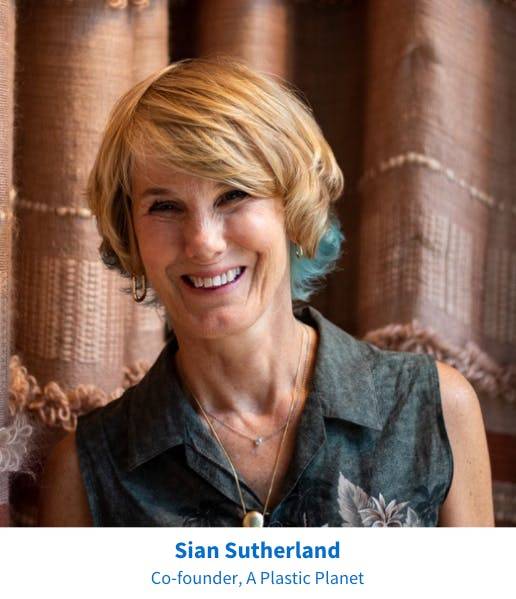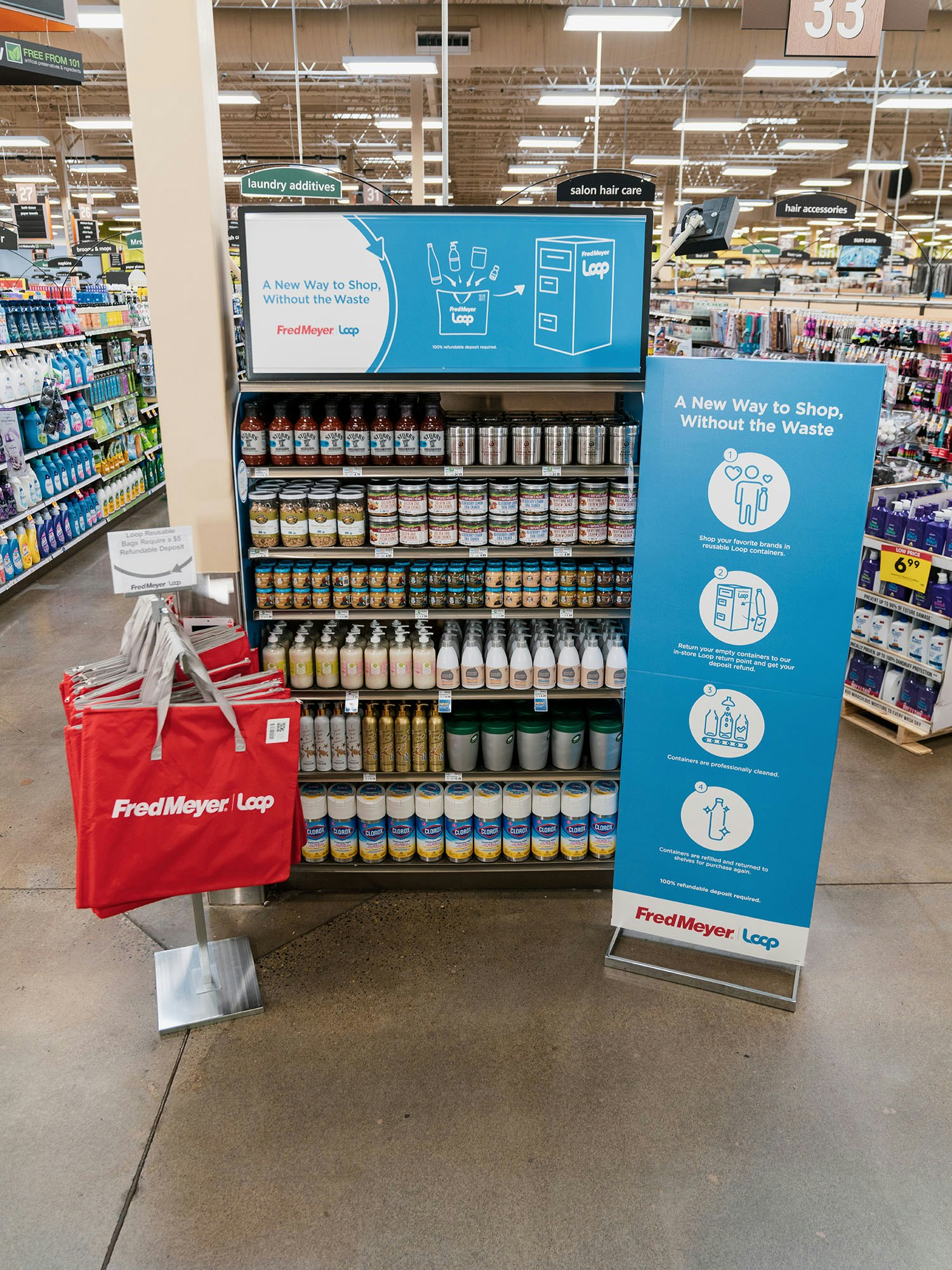As I drove home a few days ago, I noticed the amount of litter along the sides of the roadway. Cans, coffee cup lids, wrappers, and empty water bottles decorated the shoulder where flowers would have been more pleasing.
Who’s to blame for this waste? The consumers who throw it out of their car windows, certainly, but can we also point fingers at retailers and the CPG industry?

And what’s this waste made up of? Plastic, primarily, although you’ll certainly find a few metal cans too. If plastic were a country, it would be the fifth biggest emitter of greenhouse gases, reports Sian Sutherland, co-founder of the campaign group A Plastic Planet, in the U.K. And it gets worse: plastic production is forecasted to triple by 2040, she recently stated in an interview with the BBC, and 40% of that is for packaging.
And although consumers have become used to the convenience of plastic packing, it’s not their problem, Sutherland told RangeMe. “The only way to seriously impact it is to take decisions away from the consumer. The industry simply need[s] to sell them something better, something different. And governments need to mandate that they do so fast.”
What are the solutions?
Along with refillable stations and bulk sections in grocery stores, which we’ll cover in an upcoming blog post, retailers and CPG companies are looking at the following solutions:
Reducing packaging
Since 2009, Waitrose has reduced its own-brand packaging by almost 45%. The company is now upping its focus on the removal of soft plastics. By removing the wrapping from multi-packs of Essential baked beans, tinned tomatoes, and corn, the retailer has saved almost 46 tons of plastic a year. It will save an extra 4.4 tons by removing the plastic wrap from tuna this year.
In the U.S., The GIANT Co. (Carlisle, Pa.) plans for all plastic in its own-brand packaging to be 100% reusable, recyclable, or compostable by 2025. This has led to some increased costs, but “as suppliers create efficiencies in their supply chain and the new packaging supply increases to meet demand, we expect pricing to line up with current packaging cost,” says spokesperson Ashley Flower.

In the U.S., Aldi’s new mixed bell pepper packaging now uses 44% less plastic, and packaging for blueberries and tomatoes uses 20% less plastic. In addition, the retailer eliminated 1 million plastic trays from asparagus packaging, as well as all Styrofoam for produce.
Alternative packaging materials
Packaging doesn’t have to be made from plastic, which requires fossil fuels for its production and takes centuries to disappear. Businesses like Ecovative, Xampla, Notpla, and Natural Fiber Welding offer alternatives.
GIANT is exploring flexible packaging and has moved from multilayer to mono layer designs, and packaging for products requiring food barriers.
For its seafood, GIANT has transitioned to shipping products from suppliers in reusable plastic crates. Once the product is unpacked, the store folds and stacks the crates to return and reuse. “We now have over sixty items shipping in the reusable crates,” says Flower. “[They] replaced the foam cases used in the past. We will continue to look for additional lines where we can utilize [them].”
Waitrose is working with innovative companies on packaging initiatives, including Scottish biotech company CuanTec, for a new film for food packaging made out of waste langoustine shells; and the boxes for two of its dry products are partly made from the husk/shell of pulses. This reduces the use of virgin tree pulp by 15% and lowers greenhouse gas emissions by 20%.
Alternative materials made from a mixture of rye grass and recycled paper are used for Waitrose Duchy Organic eggs. This saves 85 tons of wood and paper each year and uses 60% less water to produce than conventional egg packaging.
CPG Focus
Multi-national juggernaut, the Kellogg Company, has made great moves over recent years to reduce its packaging. All cardboard comes from low-risk, certified-sustainable or -recycled sources; it’s moved to resealable packaging for MorningStar Farms line, reducing weight by 38% (and these bags fight freezer burn, which helps to reduce food waste). In the U.S., Kellogg has reduced the thickness in some bag-in-box retail packages by 17% to reduce plastic packaging by 214,000 lbs.
In 2020, Kellogg reformulated its Bear Naked granola packaging (which is not commonly accepted by curbside recycling programs) so consumers can drop it off at more than 18,000 U.S. stores. An Instagram campaign asked customers to feature photos of themselves dropping off the bags to create some buzz around them.
The brand is now working on more solutions to allow consumers to drop off its non-recyclable bags, wrappers, and pouches at stores. “Once this type of packaging becomes more widely used among food companies, we expect there will be more materials for consumers to collect and return to the store along with their plastic grocery bags,” says Janelle Meyers, chief sustainability officer. “We hope this will become a new normal.”
Do you follow us on TikTok yet? Get insight into unique trends, trade shows, best practices, and so much more!
The post Combatting Waste in the CPG Industry appeared first on The RangeMe Blog.